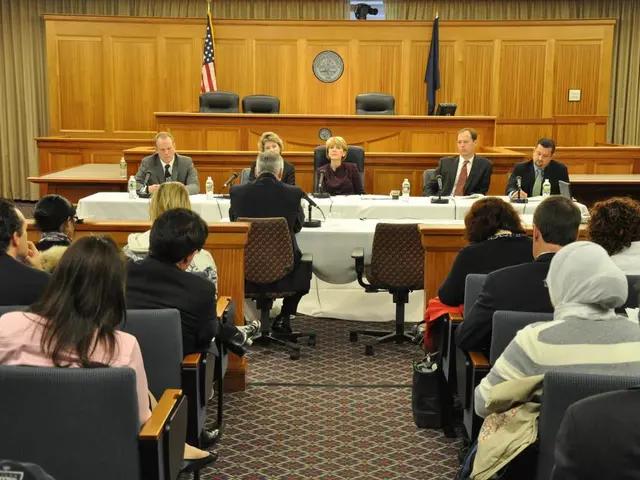Inequalities in Cancer Incidence: Illustrations, Factors, and Resources
In a society where cancer affects millions, it's crucial to address the disparities that persist among different groups of people. These disparities are influenced by a complex interplay of social, economic, and environmental factors.
One of the most significant aspects affected by these inequalities is the financial burden leading to existential hardship. For many, the cost of cancer treatment can be overwhelming, leading to difficult choices and potential existential hardship. Additionally, limited access to second medical opinions, differences in medication metabolism between genders, and insufficient research on long-term survivorship and late effects compound these challenges.
Moreover, socioeconomic status, education, ethnicity, and social support play a crucial role in diagnosis, treatment, and therapy outcomes. People in low-income households, for instance, tend to receive lower quality clinical care for cancer and have a higher risk of behaviours that may lead to cancer, such as smoking and physical inactivity.
Food insecurity in low-income households is another concern, as it can lead to poor nutrition and obesity, increasing the risks of cancer. Lack of access to quality housing, affordable healthcare, healthy, affordable foods, jobs, and opportunities with adequate pay further contributes to these disparities.
Racism and discrimination also play a role in cancer disparities. Racially segregated spaces can result in people being disproportionately affected by environmental cancer risks. Discrimination can affect various groups of people, including those based on race, gender identity, level of income, disability status, geography, age, and level of health insurance coverage.
Behavioral cancer risks, such as smoking and drinking alcohol, are higher in lesbian, gay, bisexual, and transgender (LGBT) people than in cisgender heterosexual people. However, it's important to note that these risks are influenced by a multitude of factors, including societal norms and access to resources.
Fortunately, there are organisations dedicated to providing resources and support for those affected by cancer disparities. The Cancer Financial Assistance Coalition (CFAC), American Society of Clinical Oncology: Health Equity, U.S. Department of Health and Human Services Office of Minority Health, American Indian Cancer Foundation, Native American Cancer Initiatives, Inc., Sisters Network Inc., African American Health Program: Cancer, Día de la Mujer Latina, Asian American Cancer Support Network, National LGBT Cancer Project, American Childhood Cancer Organization: Financial assistance, CancerCare, are just a few examples.
Addressing cancer disparities requires a comprehensive approach that acknowledges and addresses the complex interplay of social, economic, and environmental factors. By understanding these disparities and providing support and resources, we can work towards a future where everyone has an equal chance at fighting and surviving cancer.
Read also:
- Eight strategies for promoting restful slumber in individuals with hypertrophic cardiomyopathy
- Exploring the Strength of Minimally Digestible Diets: A Roadmap to Gastrointestinal Healing
- Secondhand Smoke: Understanding its Nature, Impact on Health, and Additional Facts
- Overseeing and addressing seizure-induced high blood pressure complications in pregnancy, known as eclampsia







